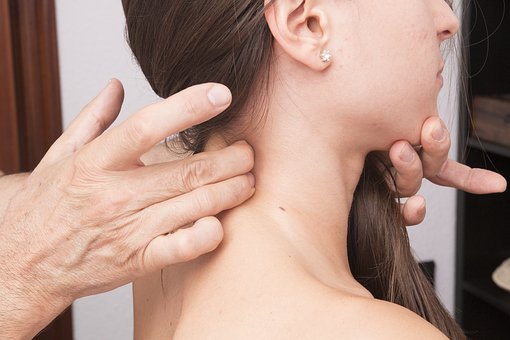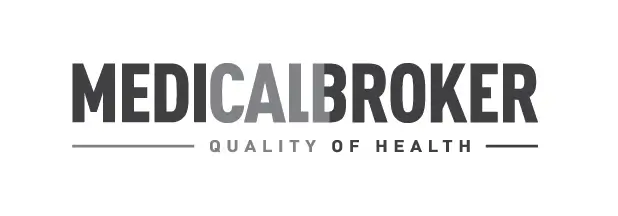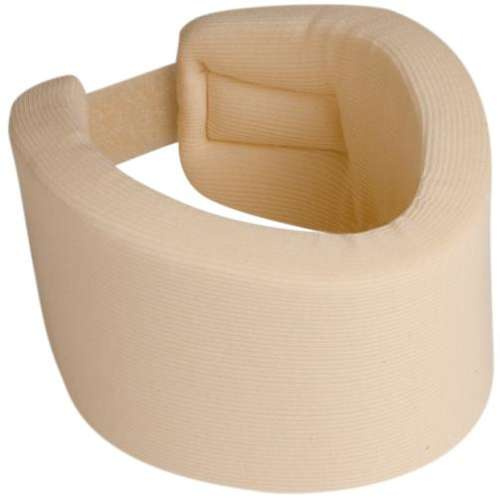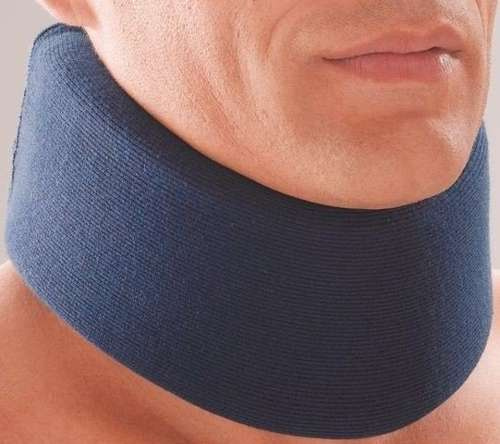Neck pain - causes and treatment
2019-05-17
 The vertebrae forming the cervical spine support the head and allow the neck to move. The main conditions affecting this highly sensitive zone of the body are related to injuries or joint degeneration.
The vertebrae forming the cervical spine support the head and allow the neck to move. The main conditions affecting this highly sensitive zone of the body are related to injuries or joint degeneration.Forming the upper part of the spinal column, the cervical spine consists of 7 vertebrae between the skull and the first thoracic vertebra. Simultaneously very mobile and responsible for supporting the position and weight of the head, it is particularly vulnerable to injuries and damage to the muscles, ligaments, nerves and cartilage.Examples include:
Neck pain causes
Torticollis. The condition is caused by an involuntary contraction of one of the neck’s muscles - generally the sternocleidomastoid muscle and/or the trapezius - usually occurring after sleeping in an awkward position and lasting several days. The pain can be very severe and localised stiffness can prevent head movements.Cervical sprain. This injury to a ligament of the neck’s vertebrae occurs following a sudden movement, particularly an impact. The infamous “whiplash” injury that projects the head backwards or forwards following a vehicle collision is a cervical sprain.
Cervicobrachial neuralgia. This intervertebral disc lesion is caused by an injury or wear and tear and results in compression of the neighbouring nerve structures. It causes pain in the neck and arms, extending to the fingertips. It can be accompanied by tingling and loss of sensitivity in the upper limb.
Osteoarthritis of the neck, or cervical arthritis. It is defined as a wear and tear on the cartilage of the cervical vertebrae. This chronic disease, which progresses gradually over several years, is common for people over the 40s. It manifests itself by varying degrees of pains in the neck, neck stiffness and headaches.
Relieving a painful neck
Treatments for mechanical pathologies affecting the cervical spine include painkillers and anti-inflammatories, the application of heat (in the event of muscle contraction) or cold (in the event of inflammation) and, in certain acute cases or painful flare-ups, temporary rest using a cervical collar. Physiotherapy with muscle strengthening exercises, massage and neck stretching exercises can also improve pain, particularly during recovery following a sprain or in the case of an arthritis.Shop Now ☛ Neck pain brace
Sources:
- Bervoets DC, Luijsterburg PA, Alessie JJN, Buijs MJ, Verhagen .AP. Massage therapy has shortterm benefits for people with common musculoskeletal disorders compared to no treatment: asystematic review. J Physiother. 2015;61,3:106–116.
- Sherman KJ, Cook AJ, Wellman RD, Hawkes RJ, Kahn JR, Deyo RA, Cherkin DC. Five-week outcomes from adosing trial of therapeutic massage for chronic neck pain. Ann Fam Med. 2014;12,2:112–120.
- Carlesso LC, MacDermid JC, Gross AR, Walton DM, Santaguida PL. Treatment preferences amongst physical therapist and chiropractors for the management of neck pain: results of an international survey. Chiropr Man Therap. 2014;22,11,doi: 10.1186/2045-709X-22-11.
- Maayah M, Al-Jarrah M. Evaluation of transcutaneous electrical nerve stimulation as atreatment of neck pain due to musculoskeletal disorders. J Clin Med Res. 2010;2,3:127–136.
Show more entries from
May 2019
Recommended

Tempur Original Orthopedic neck pillow with Double Jersey cover
126,00 EUR - 151,00 EUR incl. VAT/1piece

Ergonomic Support Neck Pillow TEMPUR® Millenium with Double Jersey cover
150,00 EUR - 173,00 EUR incl. VAT/1piece






